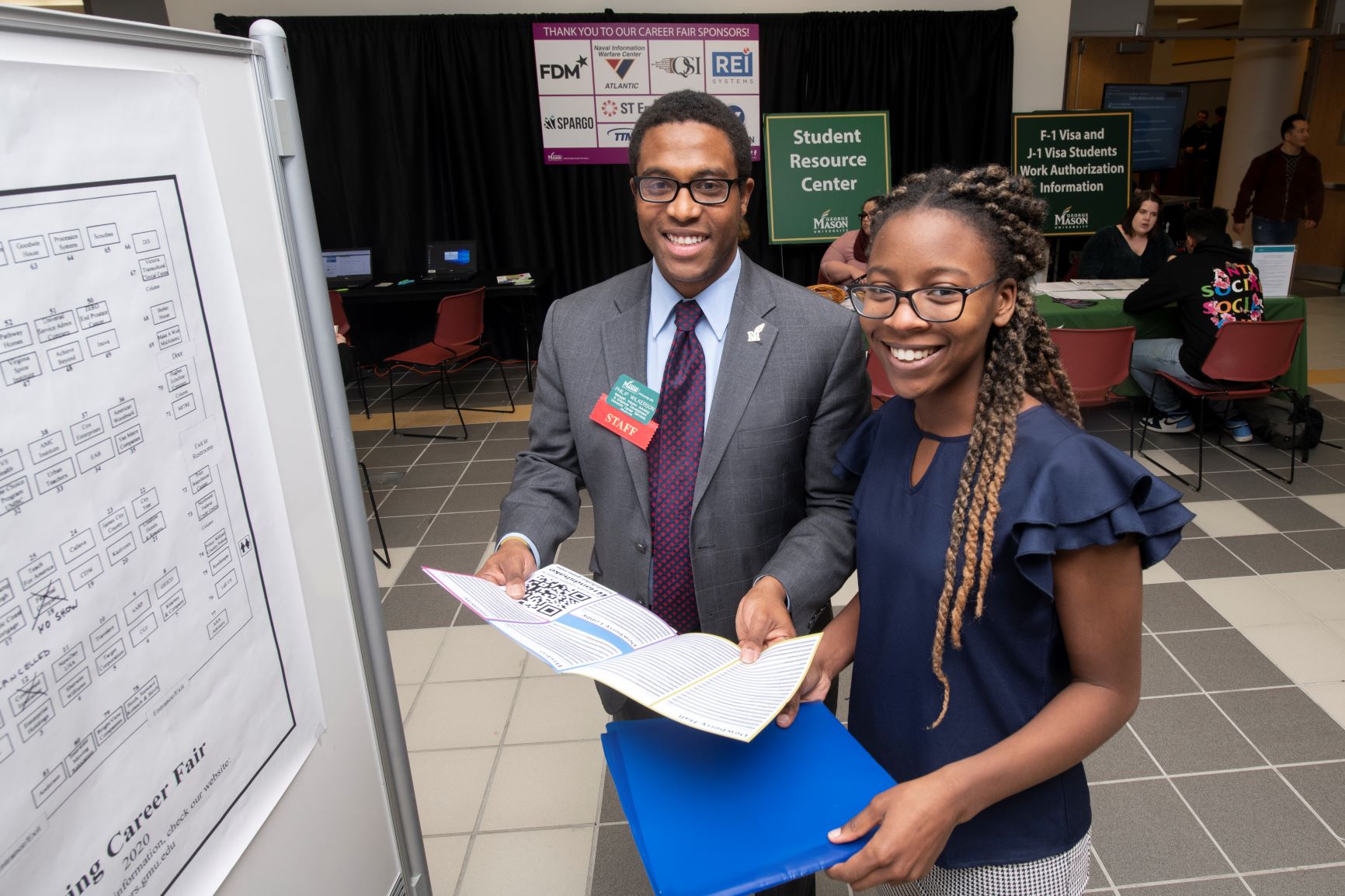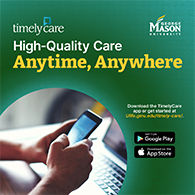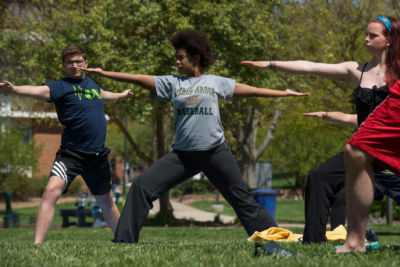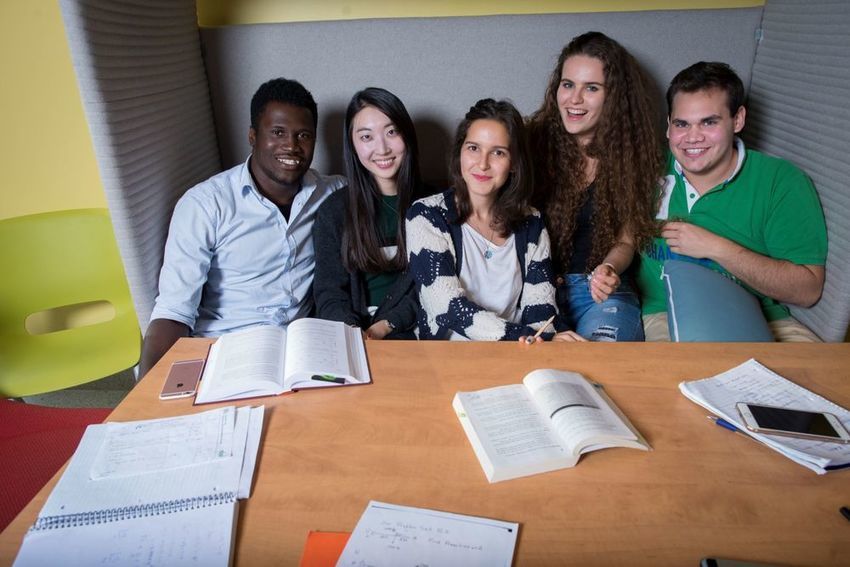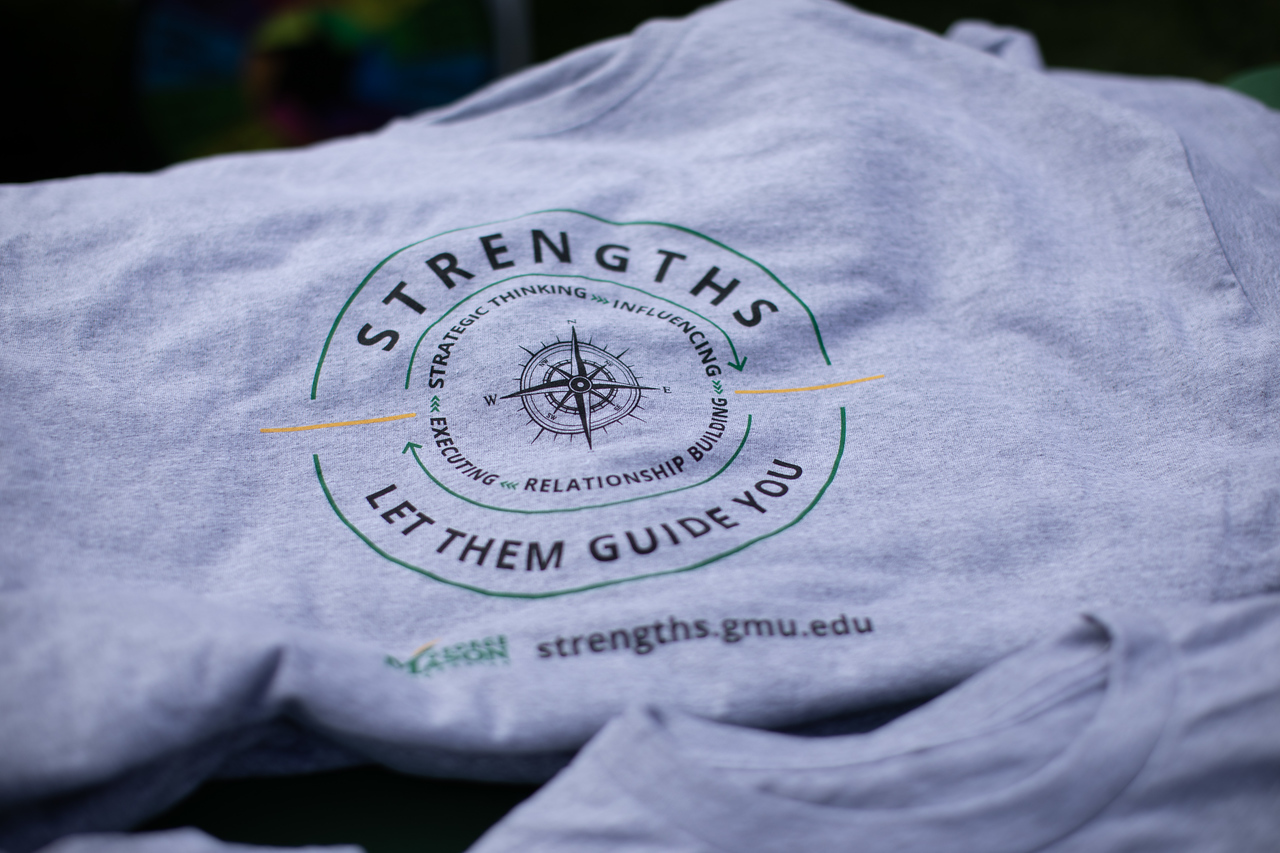by Laura Dallman, Mason student
“Find a group of people who challenge and inspire you; spend a lot of time with them, and it will change your life.” – Amy Poehler, Harvard University commencement address
All of us are social beings born into a web of relationships: Friends, family, lovers, coworkers, acquaintances, neighbors, roommates, etc. Through our interactions with others, we meet emotional, physical and practical needs. In their healthier forms, relationships sustain and grow us, providing structure and satisfaction to our lives. They can make us smile and feel confident. They provide companionship, support, and advice along life’s sometimes bumpy path. Additionally, relationships bestow a double bonus as the dynamic works in both directions. Not only does being cared for benefit our social-emotional health, but the act of caring for others also enhances our own sense of well-being.
This is true too for classroom relationships. Research shows that positive relationships between professors and students and among classmates can have a positive effect on learning satisfaction, personal growth and academic achievement. An effective learning community requires meaningful interaction among students, instructors, as well as course content. We all need more than a knowledge download. Each of us brings a whole self to be immersed in a learning environment; a self that seeks connection to others as well as material in an environment that provides growth-enhancing interactions as well as brilliant content.
But now, during the pandemic, we’ve moved to online learning. Gone are physical proximity, nonverbal cues, and serendipitous meetings that act as vehicles for developing relationships. A lack of community, sense of isolation and absence of personal interaction can be discouraging. How does one develop these essential learning relationships in a virtual world?
The most important step for both instructors and students is to bring your real self to class. Be present. This has two implications. First “show” up in class. In synchronous classes, turn on your video and participate in discussions. It is difficult to relate to a blank and silent square. “You” are not there. If you are concerned about showcasing distractions in your environment, use a virtual background. If you are more introverted, try using the chat feature to communicate with professors and peers. For asynchronous classes, use tools that bring you to each other. Record videos of instruction and projects, hold and go to regular office hours for occasional face-to-face meetings, and use VoiceThread to allow for vocal interaction. For both synchronous and asynchronous classes, continue conversations and ask questions via email. Be present to each other.
The second implication is sharing your authentic self. Be personal – not unprofessional – but share more than PowerPoint presentations and rote essay answers. Get to know each other. Show up to class early and stay after for informal conversations about campus life and learning. Instructors, take time to create an environment in which students can safely and confidently relate to you and to each other.
Bringing our authentic selves to class enhances our ability to learn together, build each other up, and reap the benefits of meaningful learning relationships.
Additional Resources
Kyei-Blankson, L., Ntuli, E., & Donnelly, H. (2019). Establishing the importance of interaction and presence to student learning in online environments. Journal of Interactive Learning Research, 30(4), 539-560.
Lowenthal, P. R., & Dunlap, J. C. (2018). Investigating students’ perceptions of instructional strategies to establish social presence. Distance Education, 39(3), 281-298.
Toor, R. (2020, June 23). Turns out you can build community in a Zoom classroom. The Chronicle of Higher Education. https://www.chronicle.com/article/turns-out-you-can-build-community-in-a-zoom-classroom
Weidlich, J., & Bastiaens, T. J. (2019). Designing sociable online learning environments and enhancing social presence: An affordance enrichment approach. Computers & Education, 142, 103622.
Write one of these Thriving Together Series features! We’re looking for contributions on all topics related to well-being. Read other Thriving Together Series articles here and contact us at cwb@gmu.edu for guidelines. Thank you for helping our Mason community thrive together online!






